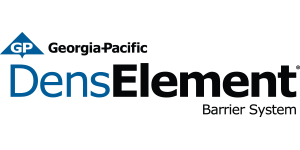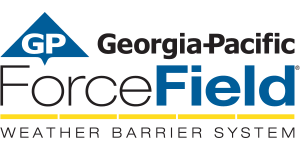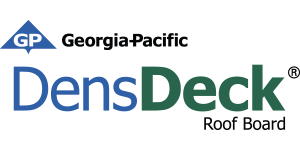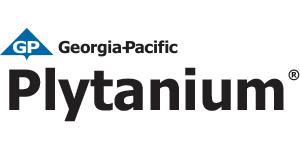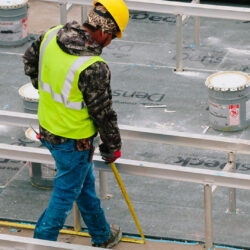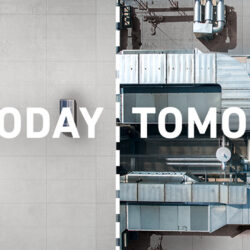If you haven’t taken ‘lean’ from a trendy conversation topic to a business defining and competitive advantage building asset, it’s time. The days of thinking lean principles are just for manufacturing, or distribution, or some business other than your own, are long gone. Every business can benefit from the lean principles founded in kaizen, a Japanese term meaning continuous improvement. Kaizen, in fact, did begin as a manufacturing strategy to involve all the participants in a collaborative, integrative process to provide both incremental and long-term improvements for delivering efficiency gains to the business. Following World War II, Toyota Motor Corporation adopted kaizen, and they’ve never strayed from it. Kaizen is a major reason why Toyota vehicles regularly trounce other brands in quality, reliability and resale value. It’s the Toyota workstyle – pervading everything they do. But Toyota isn’t alone. Kaizen is flourishing in businesses seeking to eliminate waste and maximize quality – including those in the construction industry.
Construction Adopts Kaizen
Design-build is a great example of implementing Kaizen at the company level. It integrates the knowledge and insights of the full construction team to collaborate on process, design and materials efficiencies at the project level from beginning to end, repeating and optimizing the process from project to project to achieve long-term productivity gains. The contributions of all project participants deliver value, and consequently, positively influence company culture.
Mortensen Construction began working with the Lean Construction Institute in 1997. An interesting presentation “Lean Concepts Across Delivery Methods”, given at an LCI Chicago Community of Practice event, highlights in detail Mortensen’s journey into kaizen. It demonstrates the permeation of kaizen into multiple processes across the business. For example, correcting the height of piles for solar panel supports by making a process change. It reduced quality control issues from 5.3 height issues per tracker to .75 issues per tracker resulting in substantial reduction in rework costs.
As Mortensen’s experience illuminates, transforming your organization into a lean one doesn’t happen overnight. You can begin the process however, by implementing it on your next project. Felipe Engineer-Manriquez, Corporate Lean Manager at McCarthy Building Company noted in BD+C that “Every single project, no matter the size, can be Lean.” You can begin uncovering inefficient project processes from three sources.
1. The people doing the work: Imagine a foreman discovers a new mobile app that will improve his company’s process for taking and submitting daily reports. Kaizen allows him or her to spearhead its implementation without having to endure a lengthy approval process.
2. From people observing the work: Gemba Walks are a process in which you simply observe the work that is happening, document it, and discover gaps. This is informative on the job site as well as the factory. By becoming aware of how work is actually done at each stage of the construction process, you can take advantage of first-hand perspectives to eliminate waste and maximize processes.
3. From the evaluation of current tools: A great example for our industry is in scheduling, and the advantages that new tools bring. The Lean Construction Institute’s Last Planner® System of Production Control employs a “holistic system to support lean project planning and execution.” It is a key component of collaboration by the project team, a cornerstone of kaizen.
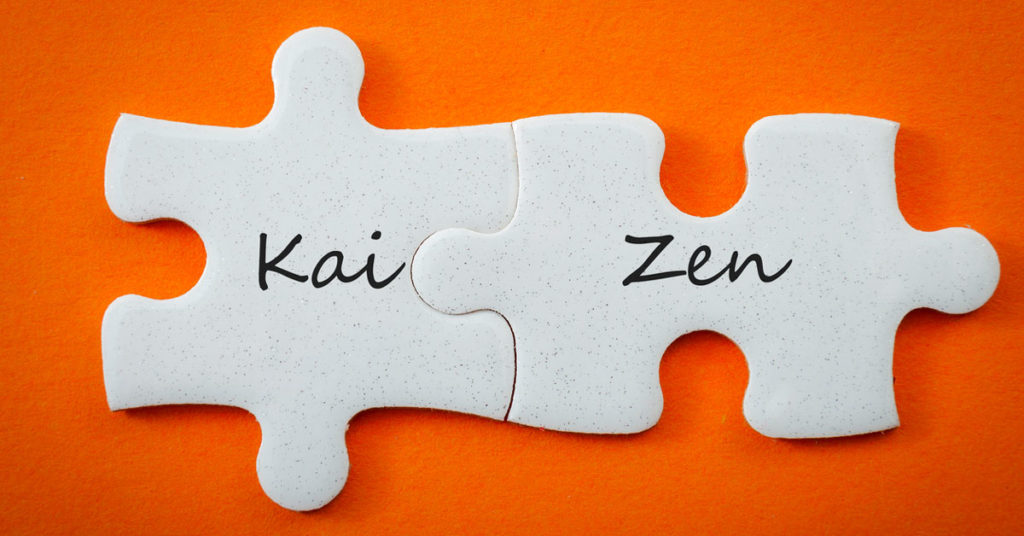
Making the Move to Kaizen
Integrating kaizen with your company culture requires buy-in from both management and employees. Once employees understand that kaizen empowers them to identify issues with the processes that affect them on the job site each and every day, and management understands that discovering and implementing the process improvements increase productivity, it’s a matter of following well documented Kaizen processes to begin shifting your workstyle. The Lean Construction Institute is a preeminent resource for getting started.
A major consideration in moving to Kaizen is to allow time for people to observe processes and listen to those who have expertise executing them on a daily basis. Harvard Business Review calls this investing in human capital in their article “The Case for Investing More in People”. Improvement doesn’t happen by maintaining the same processes and simply changing a mindset. Toyota pulls employees off the manufacturing line to work on creating leaner processes and innovative ways of working. Without that time commitment, change will be elusive.
When your team begins the kaizen workstyle, each member can experience a new level of investment in the company because they have a direct influence in making it better. When team members are asked for their expertise and insight, contribute, and see the impact on the business, they experience a sense of ownership which uplifts the culture. The result is greater satisfaction at work due to less process friction, and a higher quality and volume of work that everyone can be proud of. It takes the team from collaboration to a shared success that inspires, and an inspired culture is a major competitive advantage.
This article is intended solely as general information. Ultimately, the design and detailing of any project, assembly or system is the responsibility of a professional, and all projects must comply with applicable building codes and standards. For information concerning the limited warranty for the DensElement® Barrier System, visit DensElement.com. GP Gypsum disclaims any responsibility or liability for the architecture, design, engineering or workmanship of any project, assembly or system.

